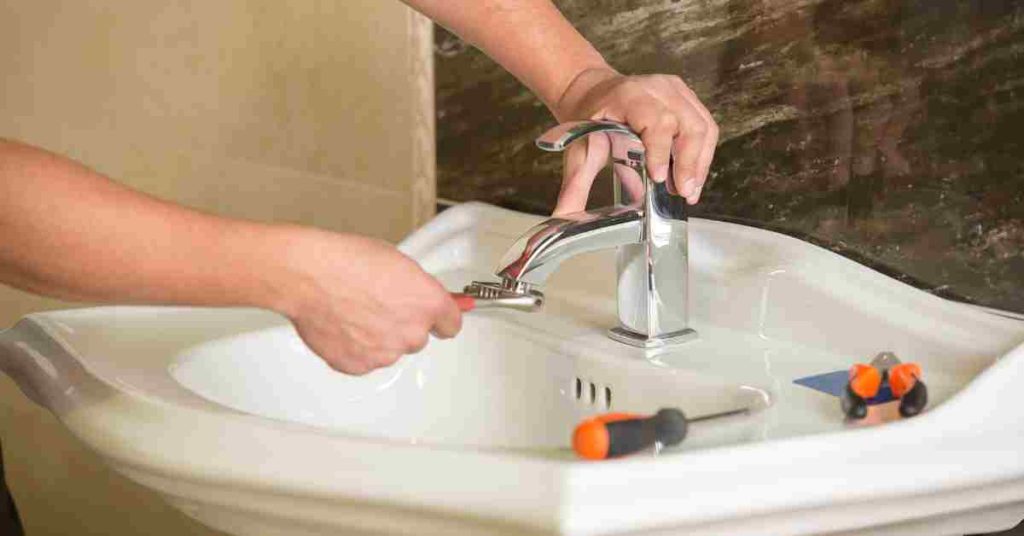When I began managing home maintenance, I quickly recognized that plumbing problems can be both frustrating and financially burdensome. Through hands-on experience and a practical approach to DIY solutions, I’ve identified 10 cost-saving plumbing tips that have consistently delivered value.
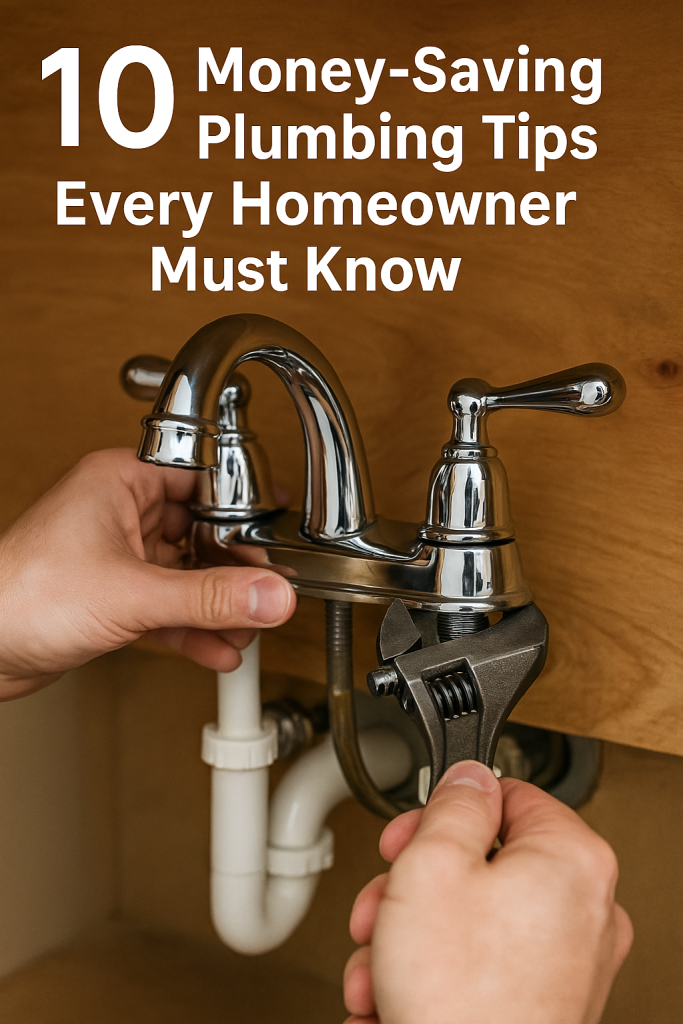
From preventing leaks to optimizing water usage, these tips not only safeguard my home but also keep my budget intact. Join me as I share my tried-and-true strategies for a leak-free and cost-effective plumbing adventure.
Tip 1: Early Detection of Leaks – A Penny Saved is a Penny Earned
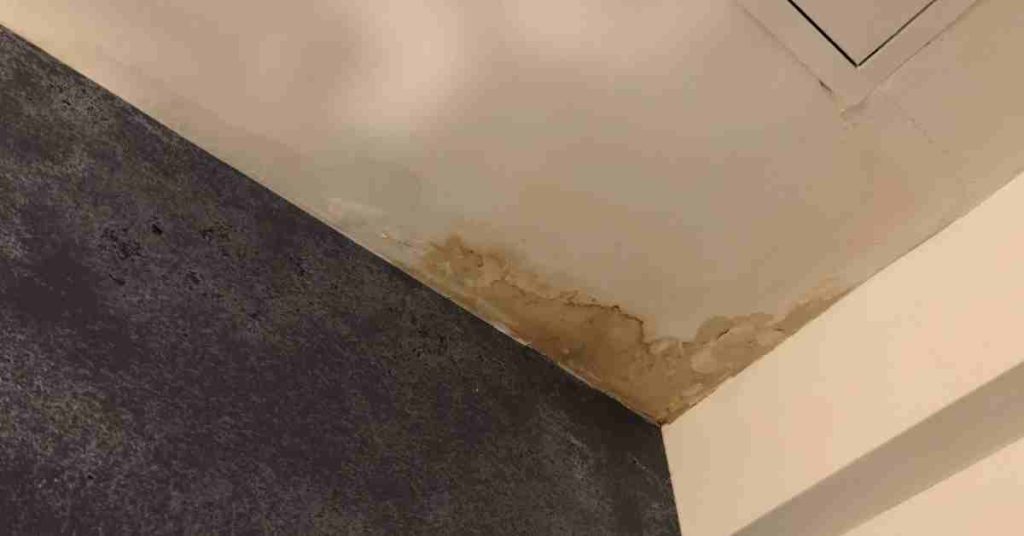
In my plumbing journey, I’ve learned that the smallest leak can evolve into a major financial drip if left unattended. That’s why I make it a monthly ritual to inspect every faucet, pipe, and connection in my home. From subtle drips to hidden leaks, early detection allows me to address issues before they escalate into costly water damage. A few minutes with a wrench and a watchful eye can save me hundreds in potential repair bills.
Understanding the signs of leaks is key. Water stains, mold growth, or unexplained high water bills are red flags that prompt me to investigate further. Investing in a water leak detection device has also been a game-changer. It not only alerts me to leaks in real time but empowers me to resolve issues promptly, safeguarding both my home and my wallet.
Tip 2: Tackling Clogs Proactively – A Plunger is a Homeowner’s Best Friend
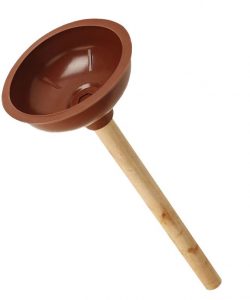
Blocked drains are a nuisance, but my proactive approach has proven that prevention is the best cure. Regularly plunging drains in both the kitchen and bathroom prevent the accumulation of debris, minimizing the risk of clogs. This simple yet effective DIY method not only keeps water flowing smoothly but also prevents the need for costly professional interventions.
Additionally, I’ve adopted the habit of using drain screens to catch hair, soap scum, and food particles before they enter the plumbing system. This small investment goes a long way in preventing clogs and extending the lifespan of my pipes. By being proactive and embracing these preventative measures, I’ve not only maintained the efficiency of my plumbing but also kept unnecessary expenses at bay.
Tip 3: Mindful Water Heater Usage – A Thermostat Tweak for Savings
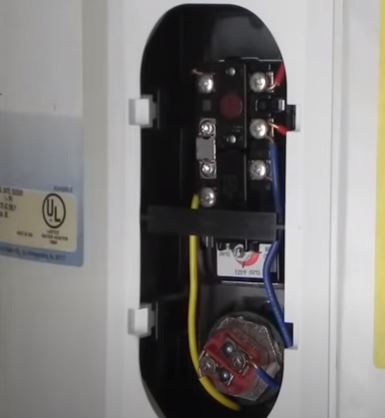
The water heater, a silent energy consumer in every home, is often overlooked when it comes to budget-friendly plumbing practices. My revelation came when I adjusted the thermostat on my water heater to a slightly lower temperature. Not only did this simple tweak save me on energy costs, but it also prevented the risk of scalding and extended the lifespan of the appliance.
Timing is also crucial. I’ve programmed my water heater to operate during off-peak hours, taking advantage of lower energy rates. This not only reduces my utility bills but also contributes to the overall efficiency of my home. By taking a mindful approach to water heater usage, I’ve experienced noticeable savings without sacrificing comfort or convenience.
Tip 4: DIY Fixture Upgrades – Enhancing Efficiency Without Breaking the Bank
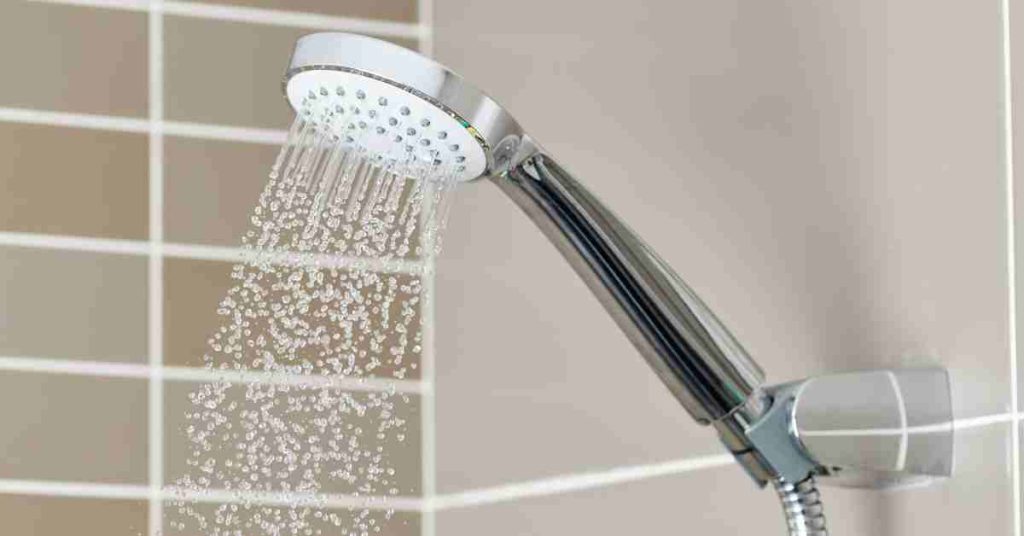
Old fixtures can be a hidden source of water and money wastage. Instead of shelling out for expensive replacements, I’ve taken a DIY approach to upgrade my fixtures for enhanced efficiency. Replacing worn-out washers, aerators, and gaskets is a simple task that improves water flow and reduces the risk of leaks.
Moreover, I’ve invested in low-flow showerheads and faucets. These affordable upgrades maintain water pressure while significantly reducing water usage. It’s a win-win situation – I enjoy a refreshing shower while simultaneously contributing to water conservation efforts and lowering my monthly water bills.
Tip 5: Sealing Leaks with Caulk – A DIYer’s Secret Weapon
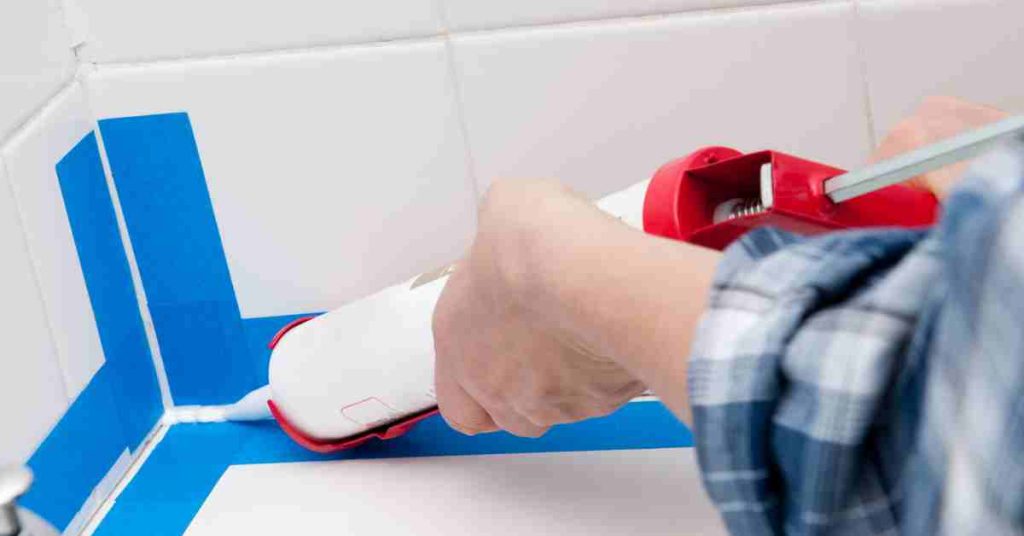
Caulk, often overlooked, has become my secret weapon against water leaks and energy wastage. I regularly inspect the seals around windows, doors, and plumbing fixtures, ensuring they are intact and preventing water infiltration. This simple DIY task not only enhances the aesthetics of my home but also acts as a cost-effective barrier against potential leaks.
Using caulk strategically also aids in energy efficiency. By sealing gaps and cracks, I prevent cold drafts in winter and maintain a cool indoor environment during the summer. The modest investment in quality caulk pays off in both comfort and reduced energy bills. As a DIY enthusiast, mastering the art of caulking has become an essential skill in my home maintenance toolkit.
Tip 6: Invest in a Water Softener – Prolonging Plumbing Lifespan

Hard water can wreak havoc on plumbing systems, leading to mineral buildup and corrosion. Recognizing the impact of hard water on both the efficiency and longevity of my plumbing, I invested in a water softener. This proactive measure not only prevents scale formation in pipes and appliances but also reduces the need for harsh chemical cleaners.
Installing a water softener was a one-time investment that continues to pay off. Not only do I enjoy softer, more skin-friendly water, but I’ve also witnessed a decrease in plumbing-related issues. By tackling hard water at its source, I’ve ensured that my plumbing system operates smoothly, minimizing wear and tear, and ultimately saving me from costly repairs.
Tip 7: Be Vigilant with Toilet Maintenance – A Simple Fix for Big Savings
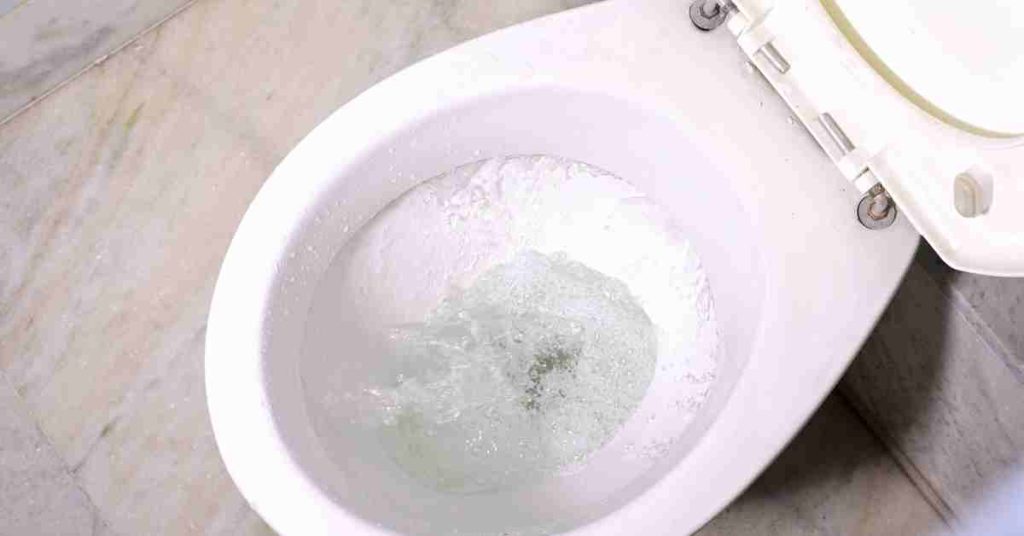
A running toilet might seem like a minor inconvenience, but the cost implications can be substantial. I’ve learned to be vigilant with toilet maintenance by promptly addressing any signs of leaks or continuous running. Replacing a faulty flapper, adjusting the chain, or fixing a worn-out fill valve are minor repairs that prevent water wastage and keep my water bill in check.
Regular checks for leaks and ensuring that the toilet tank components are functioning correctly are part of my routine. By staying proactive, I’ve not only prevented unnecessary water waste but also spared myself the expense of emergency plumbing repairs. Being hands-on with toilet maintenance has proven that a stitch in time indeed saves nine.
Tip 8: Utilize Rainwater Harvesting – Nature’s Gift to Your Wallet
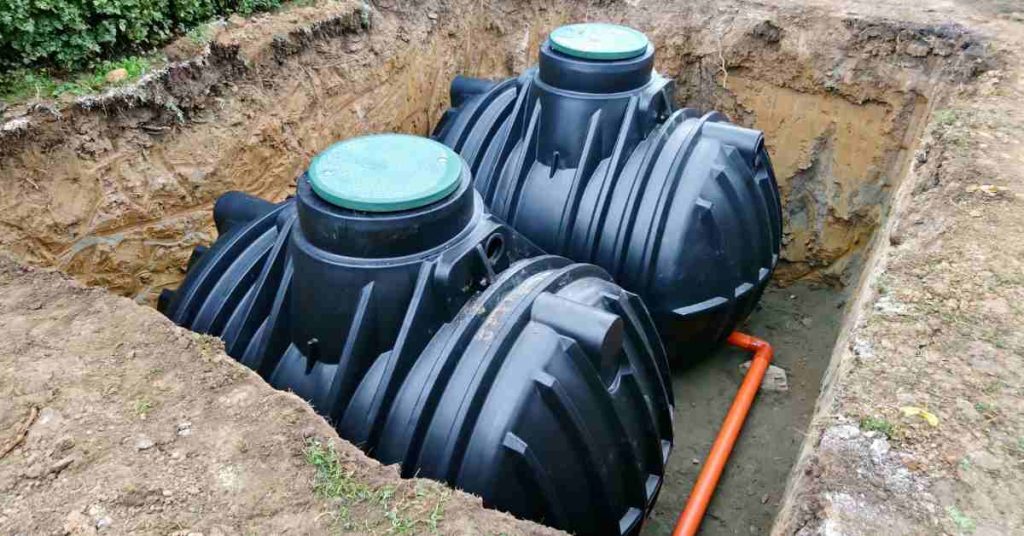
Capitalizing on nature’s gift – rainwater – has been a transformative money-saving plumbing tip for me. I’ve installed a rainwater harvesting system to collect rainwater from my roof. This harvested rainwater serves various purposes, from watering plants to flushing toilets, reducing my reliance on treated municipal water for non-potable uses.
Setting up a simple rain barrel or a more elaborate rainwater harvesting system is a sustainable investment that pays off over time. Not only does it contribute to water conservation efforts, but it also leads to a noticeable reduction in my water bills. Embracing rainwater harvesting aligns with both my eco-friendly values and my commitment to cutting unnecessary expenses.
Tip 9: Learn Basic Pipe Insulation – Guarding Against Winter Woes
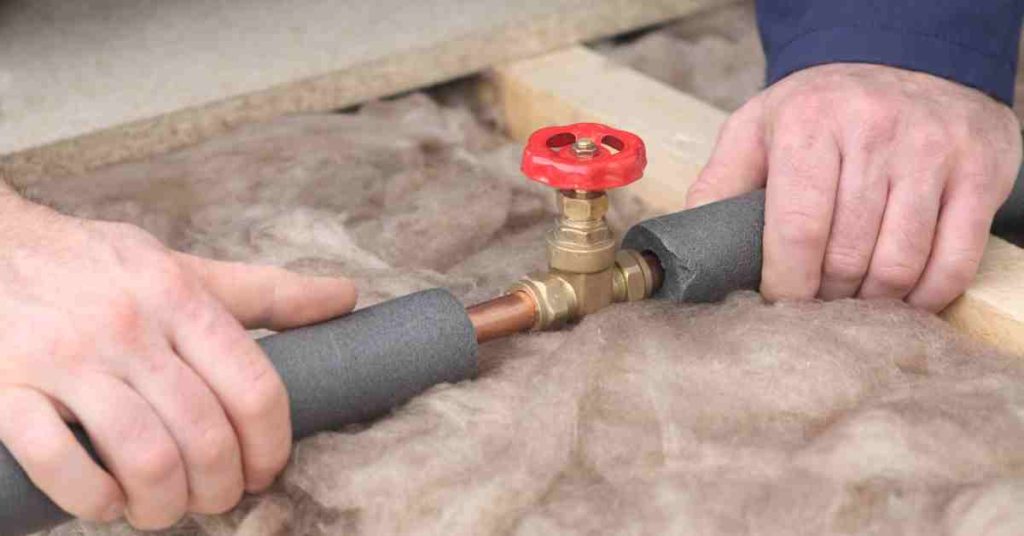
Winter can be harsh on plumbing, with frozen pipes being a common issue. To preemptively combat this seasonal woe, I’ve become adept at basic pipe insulation. Using readily available pipe insulation materials, I’ve protected exposed pipes in unheated areas of my home, such as the basement or crawl spaces.
Insulating pipes not only prevents freezing but also conserves energy by reducing heat loss. It’s a cost-effective measure that minimizes the risk of burst pipes and potential water damage. As winter approaches, spending a bit of time insulating pipes has become a routine task in my home, ensuring a hassle-free cold season.
Tip 10: DIY Water Leak Repair – A Stitch in Time Saves a Flood of Expenses
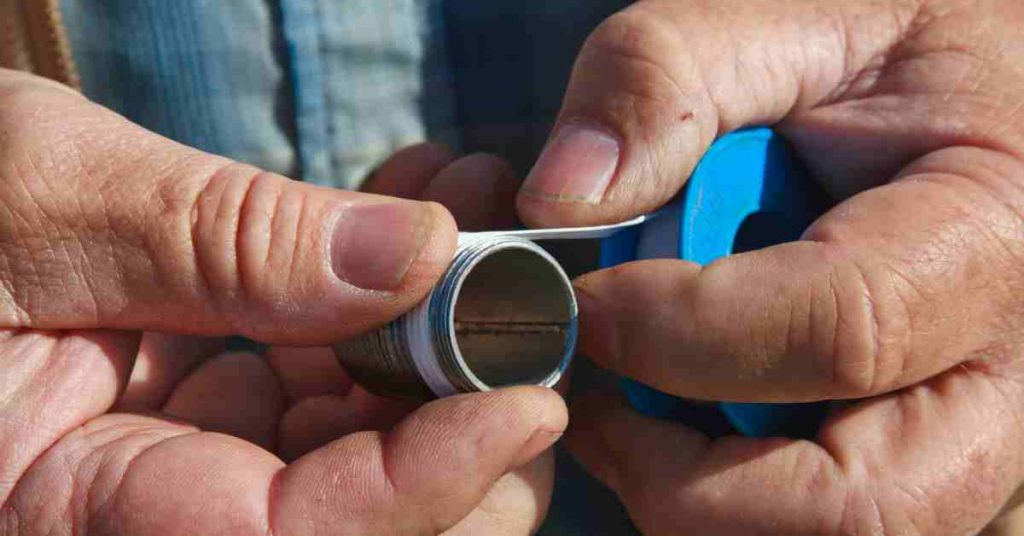
Facing a water leak can be stressful, but being equipped with the knowledge to perform a DIY repair is empowering. I’ve learned to tackle minor leaks promptly before they escalate into major issues. Whether it’s fixing a dripping faucet, tightening loose connections, or replacing a worn-out washer, addressing leaks early on has become second nature.
Having a basic plumbing toolkit and familiarity with common leak scenarios allows me to handle issues swiftly. By taking the DIY route, I not only save on the cost of hiring a professional plumber but also prevent potential water damage. This proactive approach has instilled confidence in my ability to manage plumbing issues effectively, fostering a leak-free and budget-conscious home.
Conclusion: A Leak-Free Legacy and a Thrifty Plumbing Adventure
In the grand tapestry of homeownership, plumbing plays a pivotal role. My journey through leaky faucets, clogged drains, and the occasional plumbing emergency has been a learning curve. These 10 money-saving plumbing tips have not only safeguarded my home but also kept my finances in check. From proactive maintenance to savvy upgrades, the key lies in being hands-on and vigilant. As you embark on your own plumbing adventure, may these tips guide you towards a leak-free legacy and a thrifty, DIY approach to maintaining a happy and healthy home.


